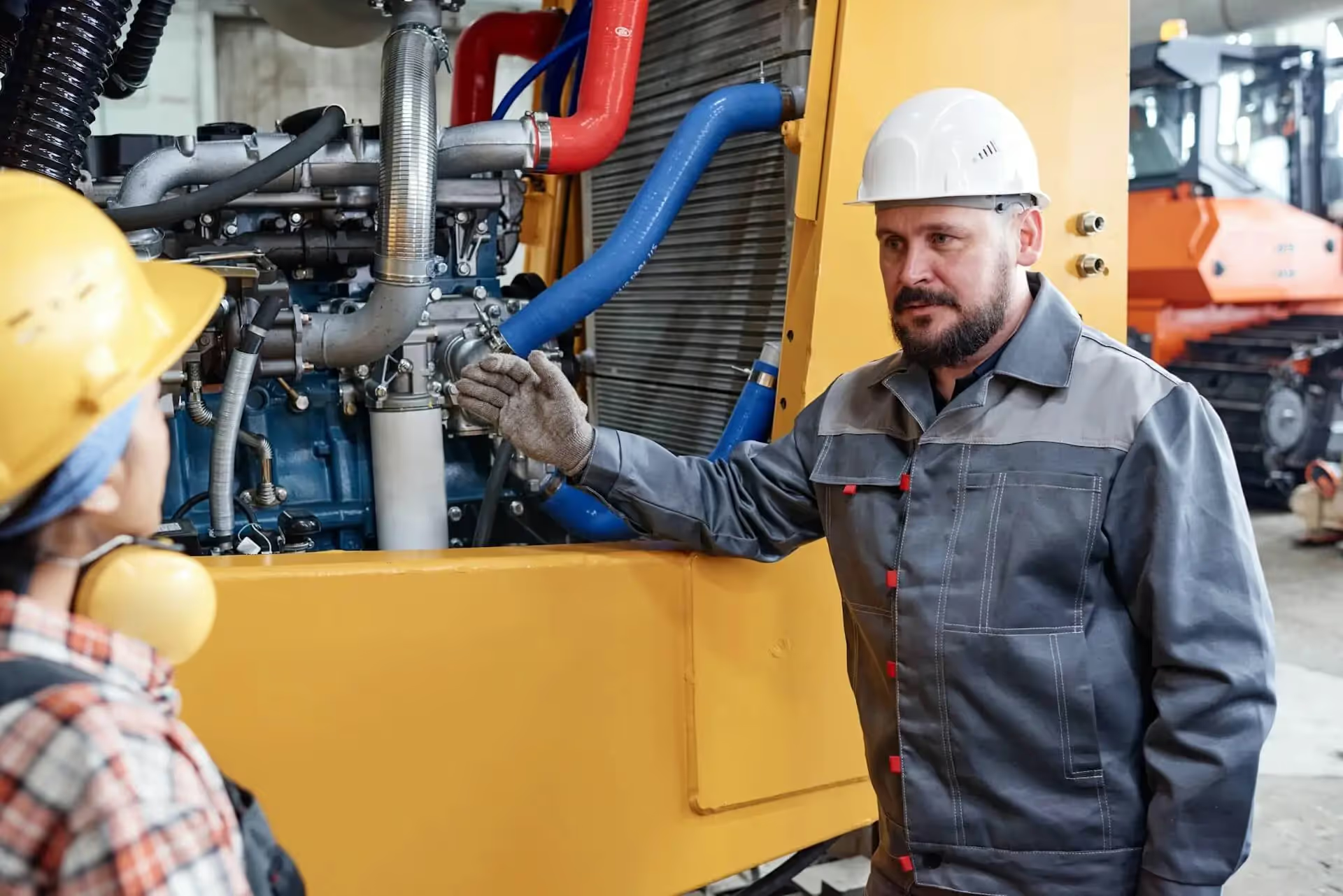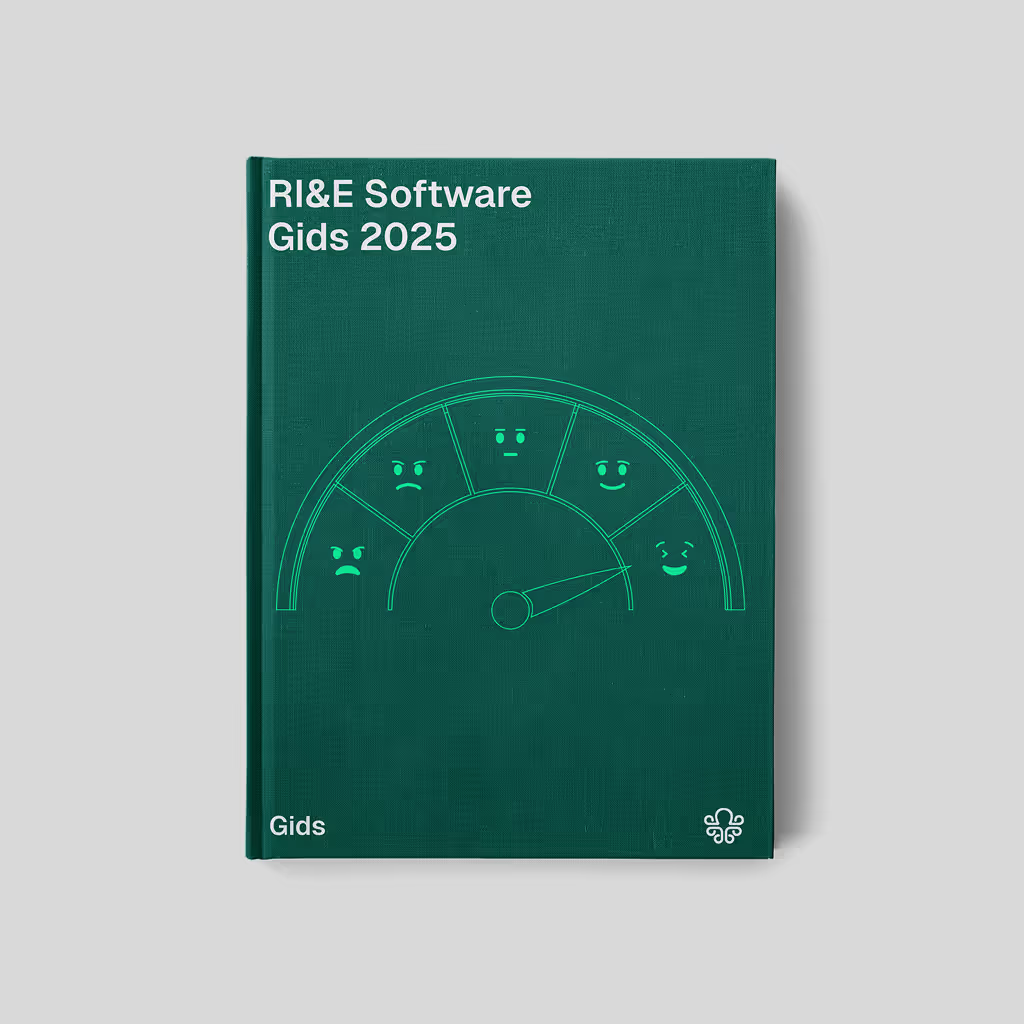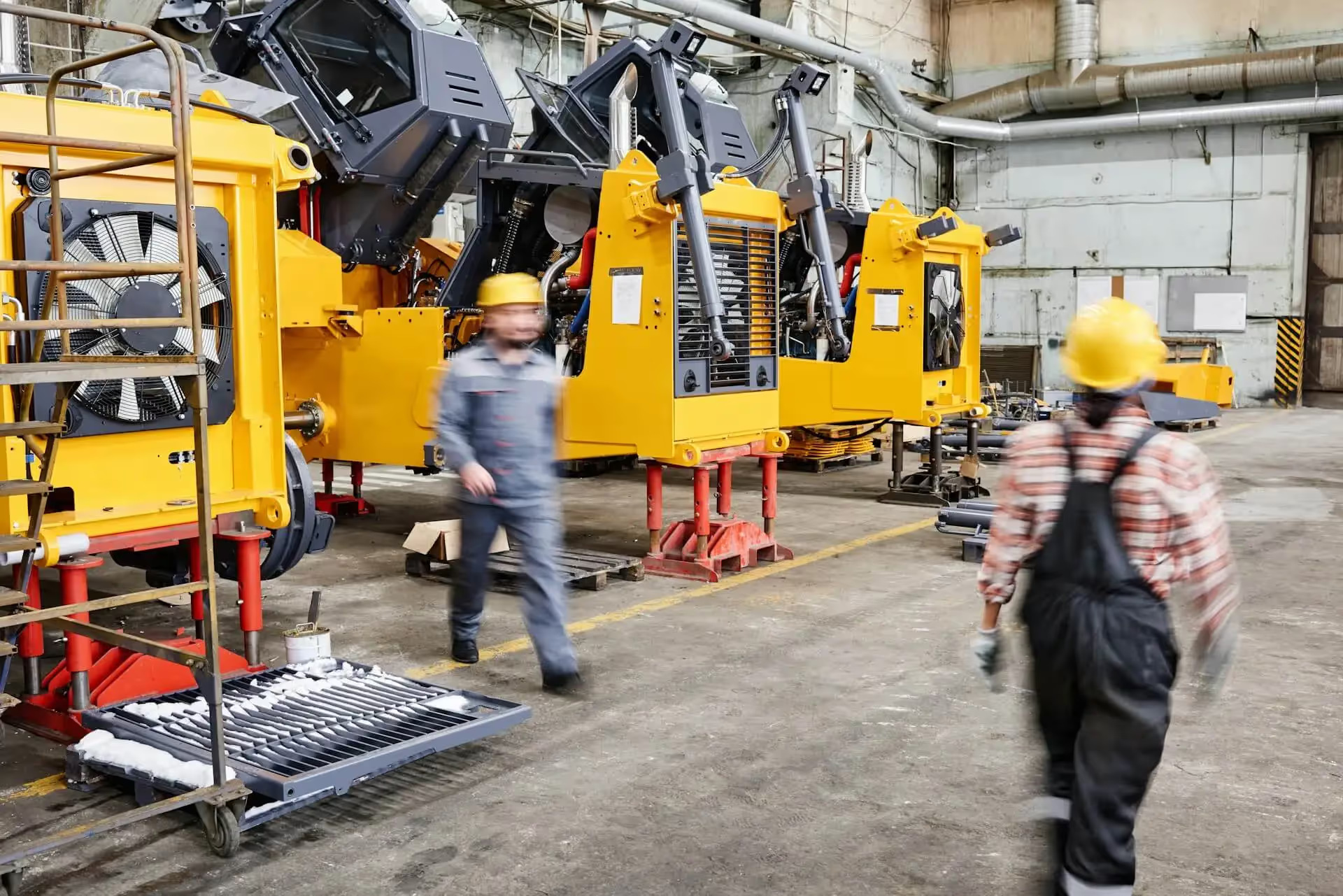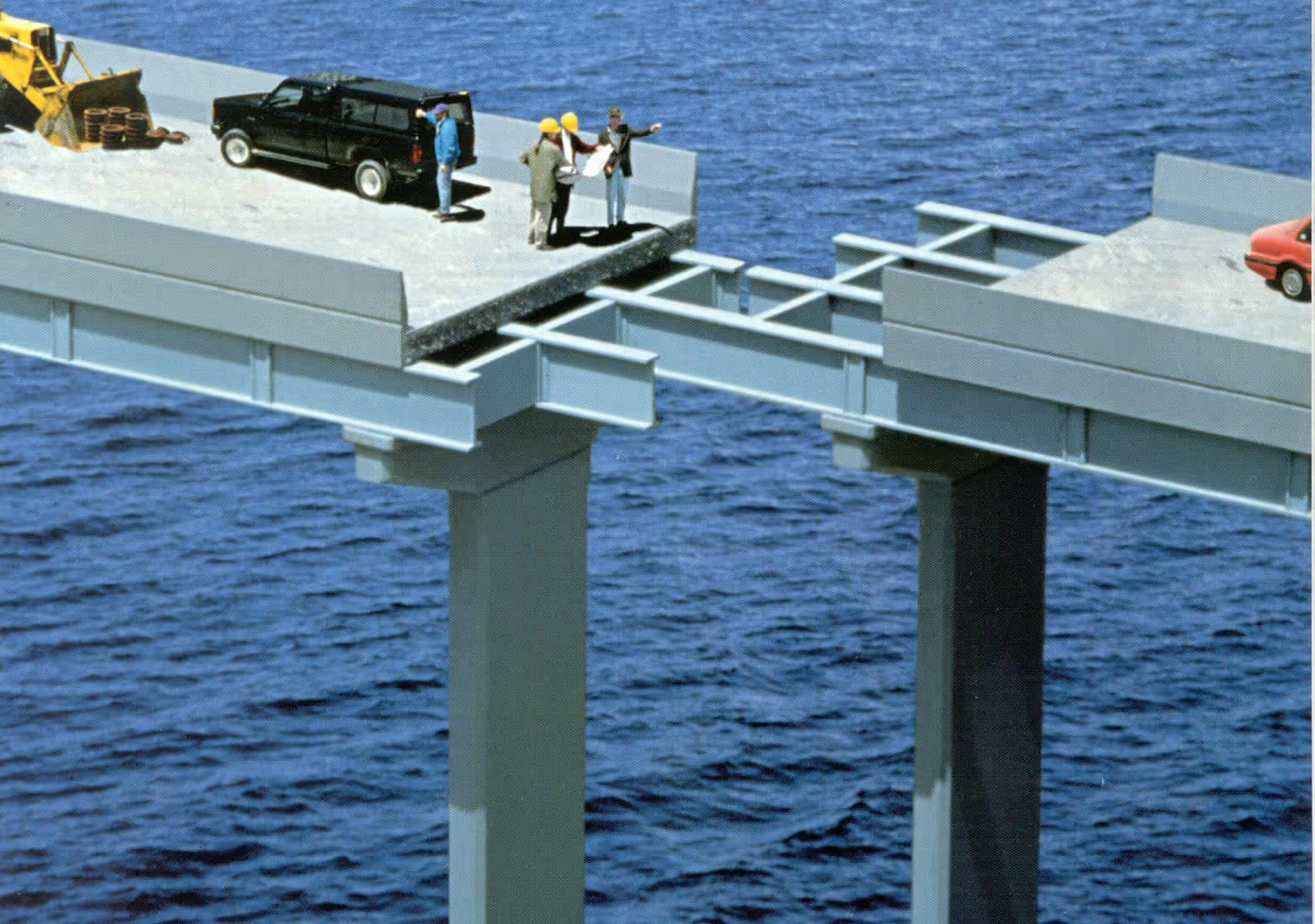What is an RI&E and when is the RI&E mandatory?
As an employer, you want your employees to stay healthy and vital. This also includes a responsibility, which is defined in the Working Conditions Act (Working Conditions Act). The Risk Inventory and Evaluation (RI&E) is part of the Working Conditions Act. With an RI&E, you identify all the risks within your company. Once you have done that, you can take measures and actions to eliminate or at least reduce those risks.
Legal obligation
An RI&E is mandatory for every company in every industry that employs one or more employees. If you have more than 25 employees, you must test your RI&E by a certified occupational health service or occupational health expert. There is one exception to this rule: if you make your RI&E with a recognized industry instrument, that review is not necessary. You can find a lot of useful information about everything about the RI&E via the RI&E Support Center.
Appropriate to the work situation
Not every RI&E is the same, and that makes sense. After all, the risk profile of an accounting firm is different than that of a construction company. That's why you can create an RI&E that suits your company's work situation. An integral part of the RI&E is the plan of action, which outlines the measures you will take to address the identified risks. Creating an RI&E is not difficult, but it does take some time.
How do you get the RI&E under control?
Having an RI&E is one thing, managing an RI&E is 'a completely different story'. Once you have identified your business risks, you naturally want to evaluate them and see how you can reduce or control those risks so that they are brought to an acceptable level.
But what is acceptable? How do you link control measures to the risks you have identified? Who do you make responsible for which control measures? How do you check whether that responsibility is being taken up? How do you know if control measures have been implemented? What is the residual risk that remains after implementation per management aspect? How does that residual risk develop over time?
A quality and risk manager should be able to provide concrete answers to these questions. Then it's nice if you can bring all these aspects under control with handy and complete software. For that, take a look at the RI&E component in the ISO2HANDLE platform.

10 Tips for Making the RI&E Live in the Workplace
If you go about the order of the day after compiling your RI&E, that is a missed opportunity. After all, you make such an approach for a reason. That's why we'd like to inspire you with 10 tips to make your RI&E come to life in your company.
Tip 1: Actively involve employees
First of all, it's a good idea to involve your employees in creating your RI&E. They themselves have a good idea of the risks they face in their work. In addition to that substantive argument, creating or maintaining an RI&E also sends a positive signal to your employees. It shows that you take their health and vitality seriously and that you value their input in creating or maintaining the RI&E.
Practically speaking, you could think of workplace interviews, where you ask employees for their input on safety and risks. You could also set up a working group that is responsible for maintaining and implementing the RI&E. For example, that working group may have a fixed core, with a flexible workforce of changing employees. For optimal acceptance, it is advisable to let managers and employees participate in such a working group. It is also important that employees can report risks via a central hotline.
You should be here the notifications component be able to use your ISO2HANDLE platform for. If you use an intranet for this (e.g. Sharepoint), you could easily connect it to ISO2 HANDLE. What your employees enter via Sharepoint then ends up directly into your digital quality management system. This is super handy because from that environment, you can follow up the report automatically. You don't have to do that manually.
Tip 2: Make your RI&E practical and visible
Visibility is important for acceptance, because an RI&E that is dusting up in a drawer will not quickly come to people's minds. That's why you should use posters, infographics, videos, and publications on your intranet to promote safe and healthy working. For each publication, you can focus on the most important themes and points from your RI&E.
You can also organize practical exercises and simulations. For example, you can teach your employees how to act in a dangerous situation. Once they've practiced a few times, they'll be able to act better in real practice.
Apart from this, you can integrate safety rules into daily briefings, newsletters, team meetings or start work discussions.
Tip 3: Perform continuous monitoring and updates
In many working environments, it is normal to run inspection rounds from time to time. You can easily combine these with safety rounds, so you and employees look at the workplace in more ways at the same time.
Of course, you can also do your inspection rounds and safety rounds (separately or combined) via your smartphone at ISO2HANDLE. Add workplace input to the RI&E to show that comments are taken seriously.
Tip 4: Make safety part of company culture
Supervisors should lead by example by strictly complying with safety rules and proactively helping colleagues do the same. This is something you can discuss in your MT so that workplace safety gets broad support at the company summit. Build a culture where there is open communication.
The aim should be that employees feel safe to report risks or problems without fear of repercussions. You can reward colleagues who identify risks and suggest improvements with a compliment or a small gift. This emphasizes that you value their input, which encourages others to actively participate as well.
Tip 5: Continuously evaluate and improve
Schedule evaluation sessions with employees about the effectiveness and timeliness of RI&E actions in the plan of action. These moments of reflection give you the opportunity to keep your RI&E up to date while bringing it to the attention.
Analyze incidents and near misses and incorporate the lessons directly into your RI&E. Meanwhile, of course, you check whether your RI&E is still in line with current processes, new machines and adapted laws and regulations.

Tip 6: Provide attractive and interactive training courses
Of course, your employees are not going to study and memorize safety instructions and procedures. If you want them to work more safely, you'd better let them practice with real scenarios that may occur in their workplace.
To make it fun, you can still translate those scenarios into interactive games, quizzes or challenges. We call that gamification and it works very well. However, it is smart to regularly create short moments of attention to safety. That's better than one long training per year.
Tip 7: Connect RI&E to the practice
You can discuss safety very easily during a team meeting and a start or final meeting when it comes to projects. When a start of work meetings in construction, safety is often an integral part of the discussion. At such moments, you can also show how action points from the RI&E can directly contribute to reducing incidents.
Also, communicate regularly about the results achieved. For example, that your company has been working for x months without accidents.
Tip 8: Create a sense of ownership
Without a problem owner, nothing is going to happen. That is why it is good to assign specific action points from the RI&E to employees or teams. In addition, it is important that those responsible also have a certain degree of autonomy. They must be able to work on solutions to risks in their workplace themselves. After all, they themselves are also the best experts you can think of. And if your employees come up with input, also show how that input is processed in the RI&E and what results it provides.
Tip 9: Organize safety campaigns and events
To highlight or maintain safe working, you could organize an annual theme week that pays extra attention to risks and prevention. During this Safety Week, you can invite experts or experienced experts to talk about safety. To keep the subject alive, you can also consider another form of gamification. If you can summarize safety in a score, organize a safety competition. This way, you can let teams compete against each other for a monthly or annual reward. In addition, you don't have to immediately think of large gifts or amounts. A reward can also be immaterial or symbolic.
Tip 10: Make it a PDCA cycle
Organize your control measures in a PDCA cycle. Then you ensure that they are always up to date and relevant. This gives you an RI&E that is in good condition at all times. It contains no superfluous or less relevant control measures, which means it remains an active and manageable tool.
How do you make your work more effective with good RI&E software?
Your life does get a lot easier when your good ones RI&E software used.It helps you to RI&E organizing questions into question domains. You can easily link automated workflows and tasks to questions that need action. You can immediately see which tasks have not yet been completed or completed and automatic notifications help you follow up. You use your RI&E dashboard in combination with your other QHSE/KAM dashboards for a complete overview and optimal control. You can find this functionality and much more in the ISO2HANDLE platform.
Are you interested in taking a closer look at this - for example via a online demo - then take contact with us.
Want to read more about the RI&E in practice? Then take a look at our recent article: RI&E example: How to set up an effective RI&E
Quality, Health, Safety and Environment?














